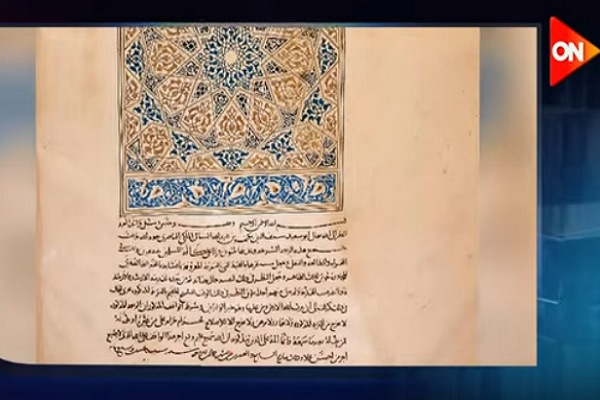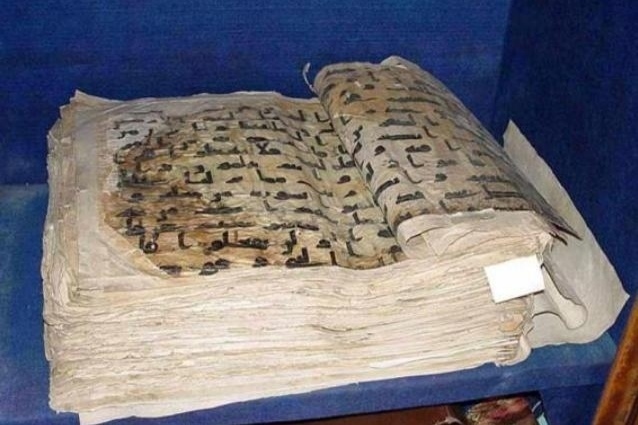Egypt’s National Library Houses Rare Quranic Manuscripts from Islamic History

Osama Talaat, Head of the General Authority for Libraries and National Documents and a professor of Islamic and Coptic antiquities, discussed the institution’s holdings in a televised interview with Egypt’s ON TV channel.
“The National Library and Archives is one of Egypt’s most important cultural institutions. Its origins go back to the early 19th century,” Talaat said, noting that the archive was established in 1828, making Egypt the third country after Britain and France to found a national archive.
Read More:
According to Talaat, rare Qurans were traditionally donated to major mosques, including the historic Amr ibn al-As Mosque in Cairo—considered Egypt’s state mosque at the time. These manuscripts were later transferred to the National Library for preservation.
“The library holds exceptionally rare Qurans from different historical periods. They are notable for their artistic and calligraphic features,” he said.
Among the most significant data-x-items in the collection is a manuscript known as the Mushaf of Uthman, written on deer skin in early Kufic script. “This copy lacks vowel markings or diacritical points, which was common at the time. Arabs then could read the text instinctively,” Talaat explained.

Talaat also mentioned a 1,300-year-old Quran attributed to Imam Ja‘far al-Sadiq (AS). The manuscript, dated to 148 AH (circa 765 CE), is believed by some to have been written in his own hand.
Another rare manuscript is the “Ibn Qalawun Quran,” which dates back to the Mamluk era and the reign of the Qalawun family in Egypt. Talaat described it as “one of the most important copies preserved in the library.”
Read More:
One particularly notable item is the “Qulijito Quran,” a gift from a Mongol sultan in Iran to Sultan al-Nasir Muhammad ibn Qalawun of Egypt. “This manuscript has been listed as part of UNESCO’s Memory of the World Register since 1992, under the Mamluk Quran collection,” he said.
Talaat concluded by highlighting the preservation of the Qulijito Quran, which dates to 725 AH (circa 1325 CE). “It has been maintained in its original state, with no alterations to its colors or text. It remains just as it was during the reign of Sultan al-Nasir Muhammad.”
Source: Agencies
Translation by Alireza Bakhtiari



